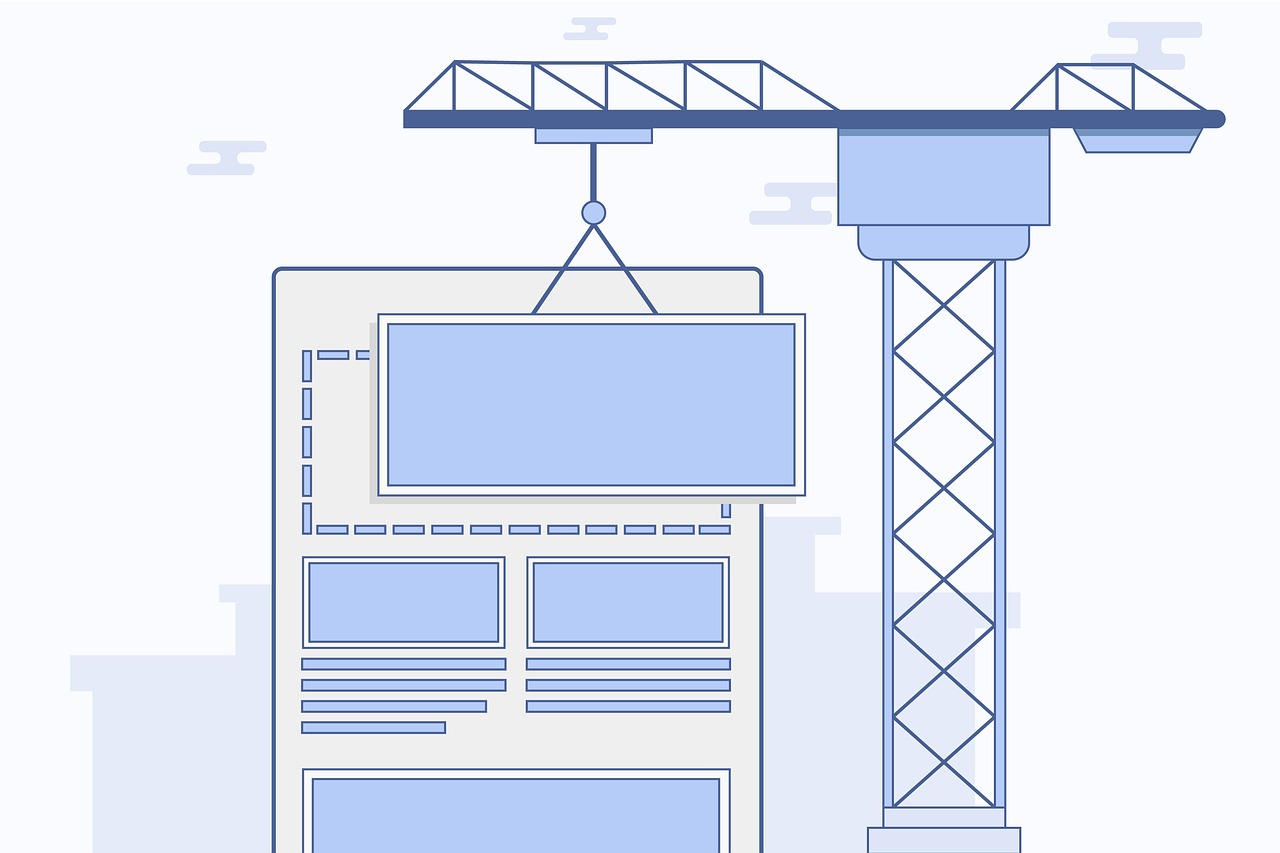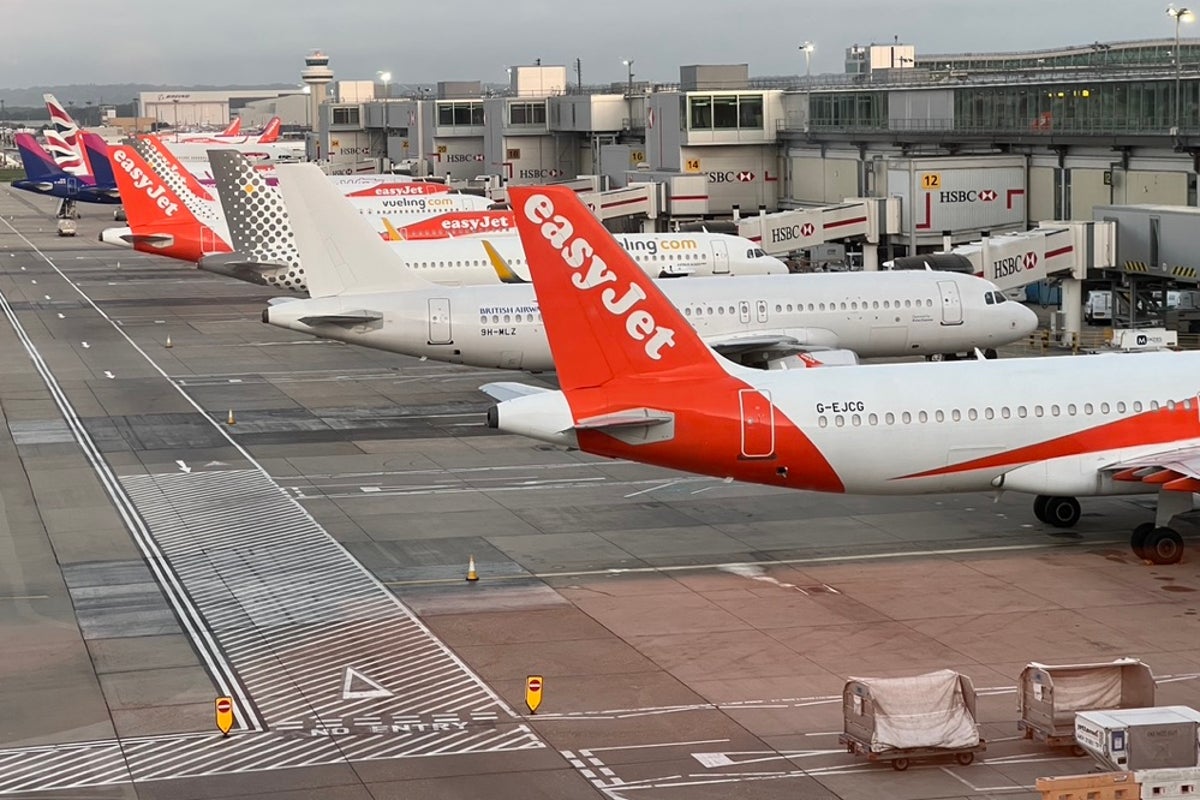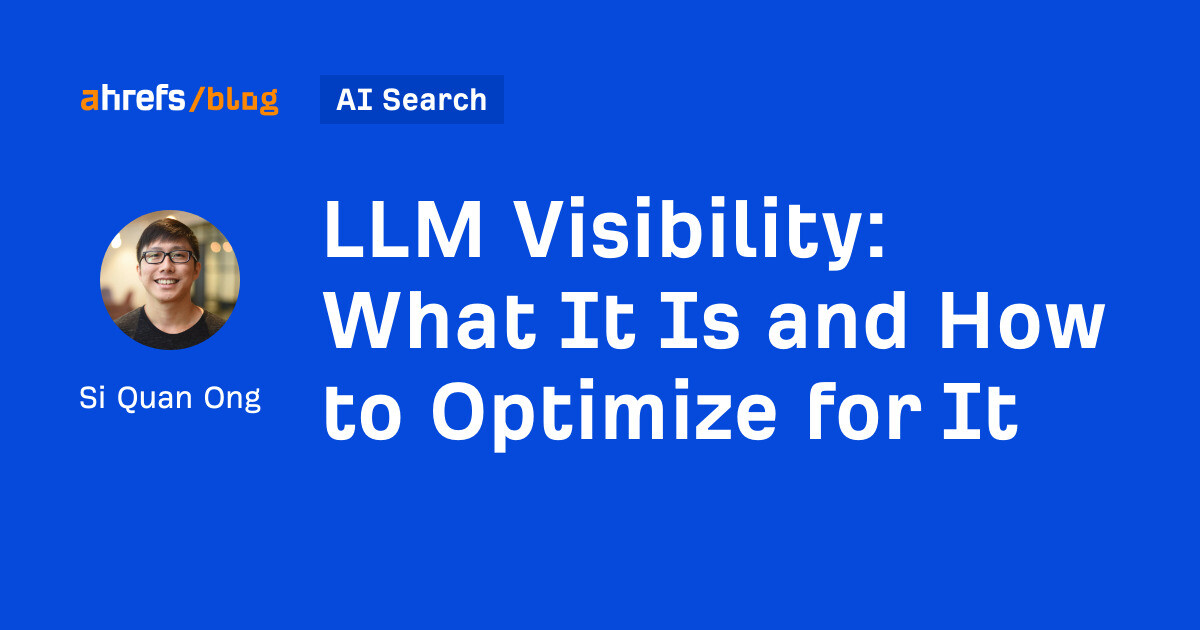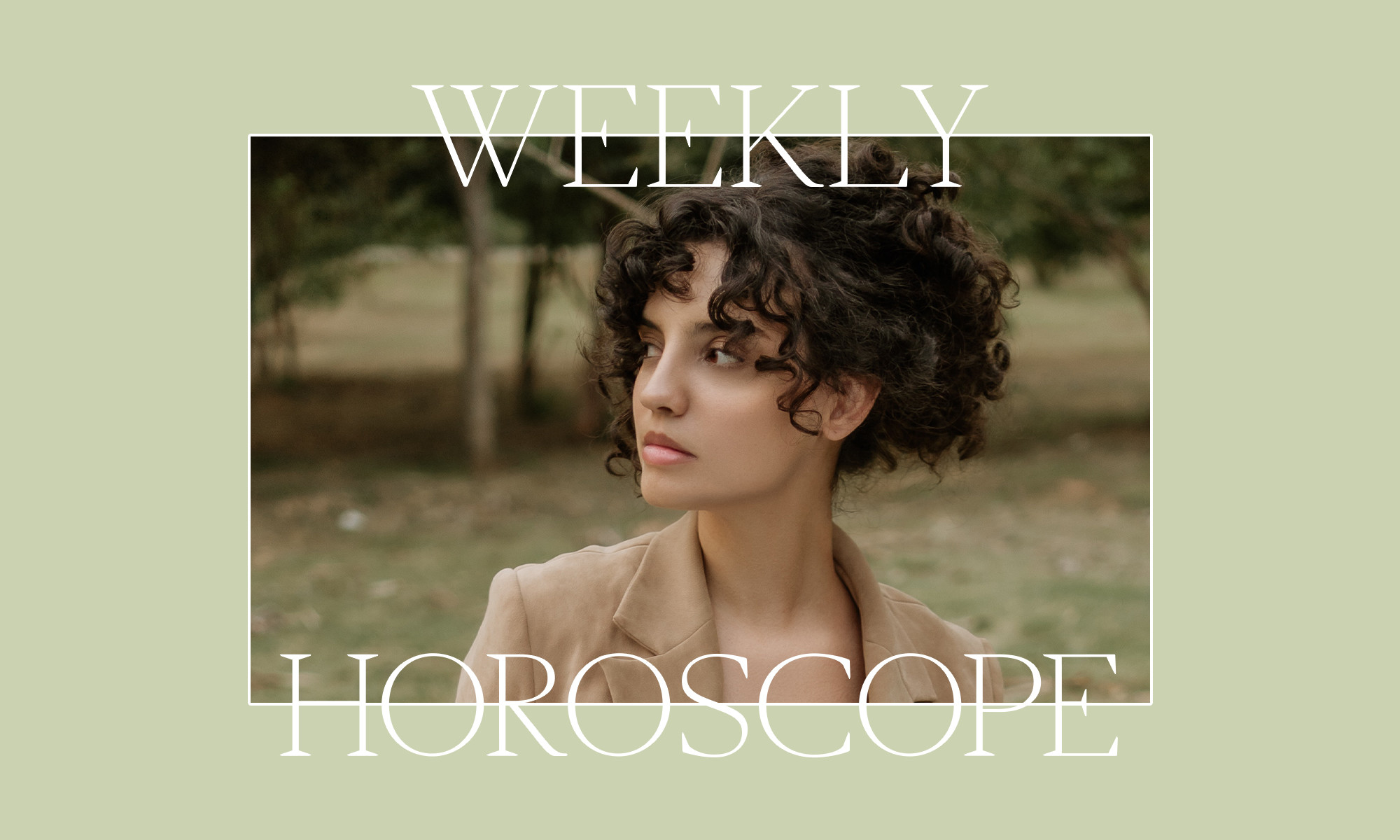Facebook Ads: Who’s Best At Earning The Click & How It’s Done via @sejournal, @jasonjzotara
See how top advertisers are combining creativity with data insights to earn more clicks on their Facebook Ads. The post Facebook Ads: Who’s Best At Earning The Click & How It’s Done appeared first on Search Engine Journal.

Facebook Ads continues to be an effective digital advertising tool for brands due to their large audience and detailed targeting options.
When developing a Facebook ads strategy, combining creativity with data insights is crucial to setting yourself apart from your competition.
However, making this happen and following through may be more complex than it sounds. Success takes getting to the heart of what drives someone to click on a Facebook ad and then convert.
I’ve said it before, and I’ll say it again: This would happen at the first touchpoint in a perfect world, but it’s important to remember that your audience experiences multiple touchpoints with your brand on their journey to conversion.
So simply following the data or writing something catchy isn’t going to cut it – you have to have both to earn that click.
Read below to learn more about effectively increasing engagement and earning clicks on your Facebook ads.
Before Getting Started: Know Your Audience
Knowing your audience is the first step to any successful marketing or advertising campaign.
Using available data about your customers and feedback about your products can help you “read the room” regarding what potential buyers seek throughout the buying process.
It works like a domino effect:
Understand your audience’s values regarding your product niche to target your ads to coincide with their needs. Understanding who is reading your ads and their needs highlights the details most compelling to them. Knowing what is most compelling to your audience can result in additional clicks and increased conversions.Diving into data to understand your target audience on Facebook is a skill all on its own.
Once you have a good handle on this aspect of your business, it’s time to start advertising on Facebook.
A great ad can help your brand create compelling campaigns that drive consumers to your products with the right combination of appeal and clarity.
Let’s look at the two most significant factors for earning the click on your Facebook ads: Ad Setup & Ad Creative.
Part I: Ad Setup
Businesses have different priorities when creating ads, and Facebook offers options for formatting ads to best promote your brand.
Whether you want to use images, videos, sounds, or words, there is a format to help you achieve your marketing goals.
Businesses should use various ads since everyone engages differently with ads.
While some people prefer video presentations, others prefer words accompanying solid visuals.
Trying a variety of formats gives your business valuable insight into the ads that attract your target audience.
Some of the formatting options available through Facebook Ads are:
Single Image And Slideshow Formats
A photo ad on Facebook is a simple format for using a high-quality single image to showcase your brand.
This format is quick to create and enables you to highlight a specific product, helping it to stand out in your feed.
A slideshow can also showcase multiple images.
This format takes images you already have, adding motion and sound to create an ad that loads quickly across devices.
Slideshows are also easy to make, less costly than videos, and load 5x faster than a video ad.
Here is an example from Hungry Root that uses a single image and includes a discount for increased engagement (which I highly recommend!).
When To Use This Ad Format
This format is ideal for businesses with a simple, easy-to-understand product, particularly for startup businesses or those on a budget.
If you are still collecting data via ads, starting here will get you the metrics you need (such as which photos, phrasing, etc., work best) before moving on to more expensive and advanced ad types.
Video Ad
The video ad format is perhaps the most effective for Facebook PPC, no matter your industry.
Facebook offers its Creator Studio tool to help you create a video or a slideshow of photos that will make up a video.
You can also create your own video and upload it to Facebook.
According to Promo, Facebook video ads receive 10% to 30% more views than other ad formats.
Here is a great video example from Ka’Chava.
Getting creative is easy if you have a product you can show working with a video.
However, if you offer a more complex service, a popular idea is to video someone on your team speaking about your company.
It’s engaging and eye-catching; keep it short and sweet!
You can see an example of this from Helium.
When To Use This Ad Format
Like static ads, you can and should test video ads as soon as possible.
While video ads typically perform better no matter the type of business, it’s still worth testing alongside your static ads to see what works with your audience. So whether you’re a startup or more established, videos are worth it.
Another pro tip: Add captions to all of your videos!
Carousel Ad
The carousel format allows marketers to showcase up to 10 photos and videos within a single ad.
Each image or video has its own link, taking prospective buyers directly to a landing page to provide further details about promotions, product specifics, or additional information about services.
The carousel format also allows you to show a sequential set of events relevant to your advertisement.
Carousel ads condense content into one ad while also providing an opportunity for users to click through images to engage with your brand.
Check out the example from West Elm – notice how the overall theme is outdoor, but each image has its own creative and “Shop Now” button.
When To Use This Ad Format
Carousel formats are beneficial to show different angles of a single product, show multiple products, display a process, and offer engagement as users swipe through the slides.
If your product or service has more than one use, this is the best ad format to get your message across.
Collection Format (ecommerce)
Facebook Collection ads allow consumers to browse products through an introductory video, paired with a series of product images in a grid layout.
The initial video highlights the collection of products you promote in the campaign.
When the user clicks, they can browse products that are part of the collection on a fast-loading page. Links are available to make the journey from discovery to browsing to purchase seamless for the customer.
Want to step up your creative game even more?
Enhance your Collection Ad with Instant Experience.
Instant Experience is a full-screen experience that opens after someone taps your ad on a mobile device. It’s a great way to highlight your products and services.
REMARKABLE has one of the more creative ads we’ve seen using this format.
When To Use This Ad Format
A collection is best suited for ecommerce brands with a catalog of products to showcase.
This format creates a storefront where four or more products are available for customers to browse, allowing you to group relevant items to boost sales.
Dynamic Experiences
Facebook offers dynamic experiences for single image and video ads.
This option tailors your ad to the viewer using different variations of the same ad – your team creates an ad with a single image or video and other text options.
The platform automatically creates different ads by using text combinations, adjusting media through enhancements, and composing the most effective for the target audience.
This process might include adjusting brightness, cropping an image, or using a filter to make your advertisement stand out.
Compositional changes to your ad might consist of labels, showing relevant comments, and different text combinations to create an engaging headline.
Facebook then displays the personalized ad to the user, anticipating the variation likely to garner a response.
A dynamic ad looks like one of the ad formats above.
However, it changes based on the user.
You can learn how to create a dynamic ad here.
When To Use This Ad Format
Typically, I would only recommend this ad type to larger companies with a team or a third-party company to manage Facebook ads.
In addition, this format is best for those with slightly different audiences for the same product or service.
Also, you will want to have a solid handle on your different audiences before diving into this ad type because it can get confusing.
Part II: Ad Creative
Ad creatives displayed on Facebook require thoughtful planning to engage with users and adequately deliver the message from marketers.
Consider the following elements that can lead to successful campaigns and more clicks from users.
Primary Text
Since ads are quickly scanned while users scroll, keep the primary text short and precise. Facebook suggests limiting your words to 125 characters to avoid truncation.
Acknowledge the audience’s demographics by choosing the best words to engage with users.
Are you targeting your future buyers based on their age, interest, or behaviors?
If so, highlight these key elements in your primary text. Attracting consumers to your product requires meaningful text that engages their specific needs.
It is important to write directly to the audience, whether you are trying to engage prospective buyers or remarketing to a consumer previously interested in your product.
Media
When building your ad, choose unique media assets and represent your brand.
Authentic content is excellent at engaging with users and generating clicks.
In addition, ensure your media is diverse in race and gender – inclusion and representation matter when marketing your brand and making connections with your target audience.
Headline
The headline of your Facebook ad should complement the Call to Action.
For example, the CTA could encourage the user to click to download a free catalog, view exclusive deals, or find out more details about a collection.
Be sure to highlight special offers in your headline.
A CTA like “Save up to 30% + Free Shipping” should be spotlighted in the headline to attract consumers and encourage clicks.
Keep in mind that you only have up to 40 characters before truncation.
Time to get creative!
Call-to-Action (CTA)
Thoughtful CTAs meet the consumer at their place in the shopping journey.
If they browse a product collection, CTAs such as “Shop the Collection” or “See Our New Arrivals” spark interest in the brand.
Offering free trials, catalogs, or exclusive deals are all opportunities to engage with your audience.
Customize call-to-actions for each business and industry.
Using a “Shop Now” CTA is valuable for ecommerce retailers, whereas “Learn More” or “Download Now” CTAs offer connections for business-to-business (B2B) marketing.
Destination (URL)
Getting the landing page optimized for ads is critical in creating a seamless experience for potential customers.
The landing page must be relevant to the ad, whether a product details page or a lead capture page.
It is crucial to provide consumers with the information they desire to explore your products or services and the logical next steps in the conversion process.
Optimize the destination page for mobile users, which means content loads instantly so that users can easily navigate, and checkout (ecommerce) is efficient.
Final Thoughts
Facebook ads generate revenue for large and small businesses through their expansive audience.
Therefore, taking the time to create ads that generate clicks can be worth it in the long run.
Your marketing team can create a Facebook campaign that clicks by considering the formats to best showcase your products while actively engaging with your audience’s interests.
More resources:
12 Facebook Ads Features Every Marketer Should Know 5 Creative Ways To Use The Facebook Ad Library To Your Advantage How to Advertise on Facebook: A Beginner’s GuideFeatured Image: Kaspars Grinvalds/Shutterstock

 Lynk
Lynk 
































